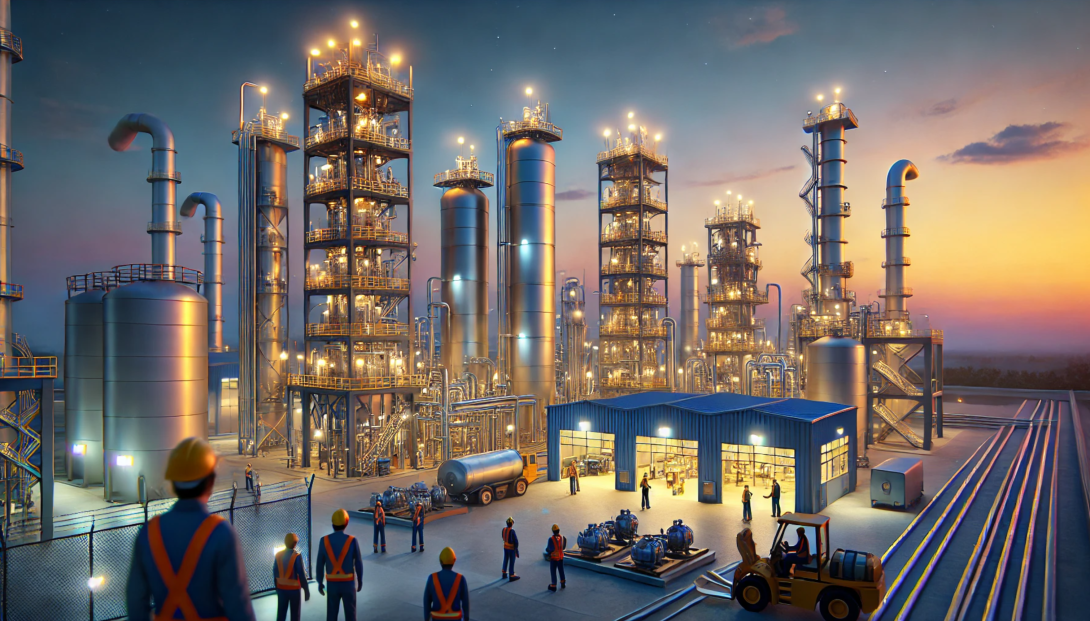Ask Greg McMillan

We ask Greg:
What role do you see dynamic simulation playing in the future of best kiln and calciner temperature control?
Greg's Response:
In kilns and calciners, there are typically four zones. First is a drying zone of constant temperature, followed by a heating zone of rising temperature and a reaction zone of constant temperature, and finally a burning zone characterized by rapid rise and slow fall of temperature. The energy supplied in the drying and reaction zones are used to evaporate moisture and supply the heat to drive the endothermic reaction, respectively.
The basic loop arrangement for kilns and calciners would use outlet temperature to adjust the heat pulled (e.g., air flow) through the drum and inlet temperature to adjust the heat input (e.g., fuel flow). Note that the outlet air temperature loop has reverse action where an increase in temperature will cause a decrease in air flow. The outlet loop is not tuned as aggressively as the inlet loop. At steady-state or for small upsets, the interaction is acceptable. However, large upsets require the use of feedforward or decouplers to prevent excessive cycling.
Throughput can be maximized, by the addition of valve position controller to gradually trim the outlet temperature set point and the reaction point along the drum to keep the fuel valve at its largest controllable position. At absolute gas temperatures above 1100 kelvins, the heat transfer is almost entirely by radiation, and the gas temperature is subsequently determined by excess combustion air. Adjusting the fuel or excess air will affect the excess air and change the heat transfer to the reaction and burning zones. The convective heat transfer to the cooler zones then depends upon the amount of heat left after radiation to the hotter zones.
An innovative control strategy can stabilize lime kiln control by a fast oxygen loop to control excess air by manipulating the forced air damper. The hot end temperature loop manipulates the oxygen set point, and the cold end temperature loop manipulates the fuel input. A feedforward signal from the fuel valve position that represents the air-to-fuel ratio is used to assist the oxygen loop. The feedforward signal must include the fuel valve and the air damper installed characteristics. The kiln pressure set point is trimmed based on fuel input to set the flame length.
Simulations that include operating conditions and equipment design with Digital Twin can help find and confirm the best control strategies.
For much more knowledge, see the ISA book Advanced Temperature Measurement and Control, Second Edition (use promo code ISAGM10 for a 10% discount on Greg’s ISA books).
